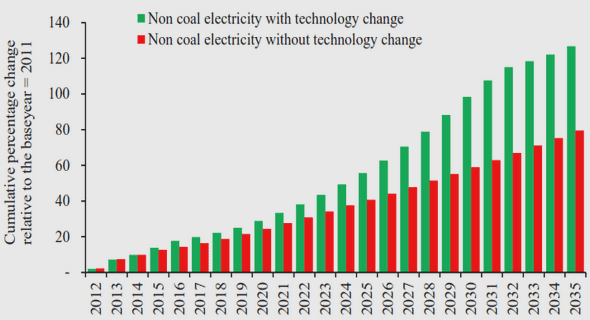(Downloads - 0)
For more info about our services contact : help@bestpfe.com
Table of contents
Chapter 1 Introduction
1.1 Cells and stem cells
1.1.1 Cells
1.1.2 Stem cells
1.1.3 Induced pluripotent stem cell
1.2 Cellular microenvironment
1.2.1 ECM
1.2.2 Soluble factors
1.2.3 Cell-cell contact
1.3 Physiological systems
1.3.1 General notions
1.3.2 Lung and alveoli
1.4 Cell culture substrate
1.4.1 Hydrogels
1.4.2 Nanofibers
1.4.3 Surface treatment
1.4.3.1 Cell-attachment treatment
1.4.3.2 Ultra-Low attachment treatment
1.4.4 From 2D to 3D culture substrate
1.4.5 Air-liquid interface
1.5 Microfluidic technologies
1.5.1 Introduction of microfluidic device
1.5.2 Fabrication methods of microfluidic device
1.5.2.1 Lamination
1.5.2.2 Molding
1.5.2.3 3D printing
1.6 Cell-based assays
1.6.1 Organ-on-a-chip
1.6.1.1 Lung-on-a-chip
1.6.1.2 Liver-on-a-chip
1.6.1.3 Kidney-on-a-chip
1.6.1.4 Gut-on-a-chip
1.6.1.5 Heart-on-a-chip
1.6.1.6 Multi-organ-on-a-chip
References
Chapter 2 Device fabrication and microfluidic techniques
2.1 Photolithography
2.2 Vacuum-assisted molding
2.2.1 PDMS mold fabrication
2.2.2 PEGDA molding
2.3 Electrospinning
2.3.1 Electrospinning
2.3.2 Chemical crosslinking
2.3.3 Thermal crosslinking
2.4 Micro-milling
2.5 Cutting plotter
2.6 Parylene deposition
2.7 Culture patch, basement membrane mimics and accessories
2.7.1 Culture patch
2.7.2 Ultrathin artificial basement membrane
2.7.3 Chamber for improved cell seeding on patch
2.7.4 Patch handler for Air-liquid interface (ALI) culture
2.8 Microfluidic devices
2.8.1 Device configuration
2.8.2 Mechanical clamping
2.8.3 Concluding remarks
References
Chapter 3 Automatic stem cell differentiation
3.1 Introduction
3.2 Development of the system
3.3 Dynamic cell culture
3.4 Cardiac differentiation
3.4.1 Fabrication of the culture patch
3.4.2 Preparation of the culture media with different factors
3.4.3 Protocol implementation
3.4.4 Results
3.5 Neuron network maturation
3.5.1 Protocol implementation
3.5.2 Operation details
3.5.3 Results
3.6 Conclusion and discussions
References
Chapter 4 Fabrication of alveolar tissue constructs
4.1 Introduction
4.2 Fabrication of alveolar organoids
4.2.1 Preparation of medium and soluble factors
4.2.2 HiPSCs maintenance
4.2.3 Definitive endoderm
4.2.4 Anterior foregut endoderm
4.2.5 Bud tip progenitor organoids
4.2.6 Maturation of alveolar organoids
4.3 Manipulation of alveolar organoid
4.3.1 Passage of alveolar organoids
4.3.2 Cryopreservation of alveolar organoids
4.3.3 Thawing of alveolar organoids
4.3.4 Dissociation and replating
4.3.5 Air-liquid interface (ALI) culture
4.4 Characterization of alveolar organoids and derived epithelium
4.4.1 Immunocytochemistry
4.4.2 TEER monitoring
4.5 Conclusion
References
Chapter 5 Response of hiPSC derived cells to S-proteins of SARS-CoV-2
5.1 SARS-CoV-2: Physiological aspects
5.2 SARS-CoV-2: Virus-host interaction
5.3 ACE2 and renin-angiotensin system
5.4 Effect of S-protein
5.5 ROS monitoring
5.6 Response of iPSC derived cardiomyocytes
5.7 Discussion
5.8 Conclusion
References
Chapter 6 Conclusion and perspectives



